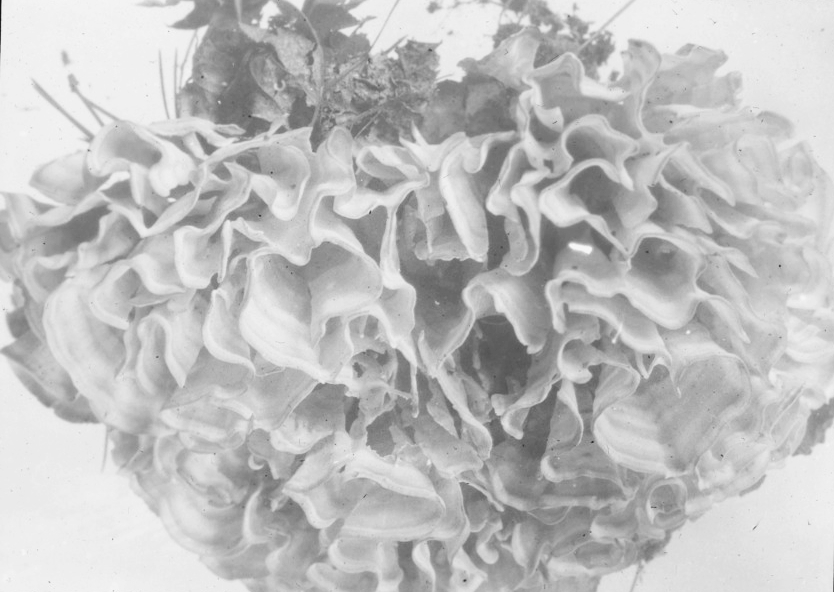
Foodie Friday: Mushroom Ketchup
Thought all ketchup involved tomatoes? Think again! According the the Online Etymology Dictionary, the word once covered "a wide variety of spiced gravies and sauces." One nineteenth-century source claimed mushroom, walnut, and tomato were "the three most esteemed kinds." I found a recipe for mushroom ketchup in the Sept. 1848 American Agriculturist (p. 288), which I reproduce for you below. Notice the spelling: "catchup".
How to Make Mushroom Catchup.--As soon as the mushrooms are brought in, free them from dirt, and cut off the roots; break them up, and put them in thin layers into a stone pot, sprinkling each layer freely, but not heavily, with fine salt. Let them lay twenty-four hours; then mash them well with the hands, or a wooden spoon; wrap them in a course cloth, and press the liquor out. After this, put them into a preserve kettle over a slow fire; boil gently, and skim clean, as long as any scum appears. Have, in readiness, a stone pot and the following spices, about one quarter of an ounce of each, to every quart of liquid:--Race ginger, cut in thin slices; cloves, mace, nutmegs, and whole black pepper, broken coarsely in a mortar; pour the boiling liquor on these, stir well, and cover it closely until quite cold. Then bottle up, putting into each bottle a clove of garlic, and divide the spices equally among them.
The catchup may be used in three months, but is better with age; when it will form a delicate condiment either for fish or flesh.
The above recipe doesn't specify the type of mushrooms to use. Perhaps a sparassis crispa or sparassis spathulata would do (pictured above, photo by NC State botanist B. W. Wells). They are said to be delicious. They certainly look impressive!

The same issue of the American Agriculturist also has an article about culinary pottery, warning against use of lead-glazed pots and recommending salt-glaze ones instead. It is interesting to note that the causes of lead-poisoning were known then.
The early issues of the American Agriculturist are available online the Hathi Trust and the Biodiversity Heritage Library. If you would like to look at the print copy in Special Collections, please request it through our online form (include the title and call number: S1 .A4).